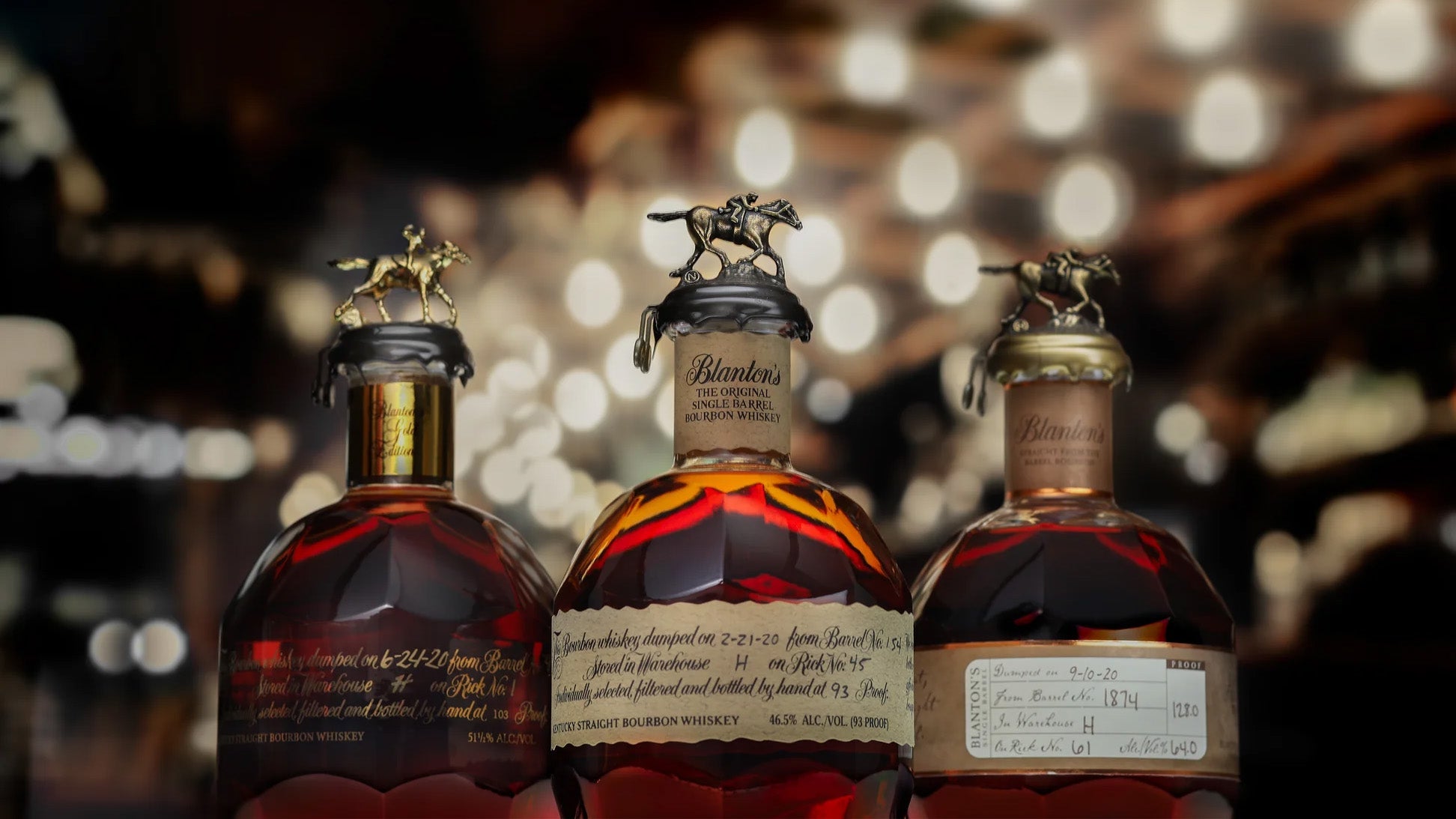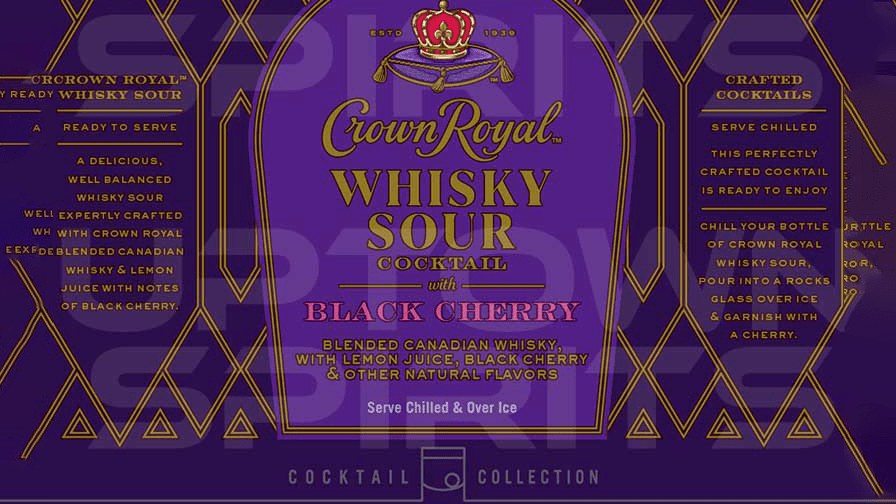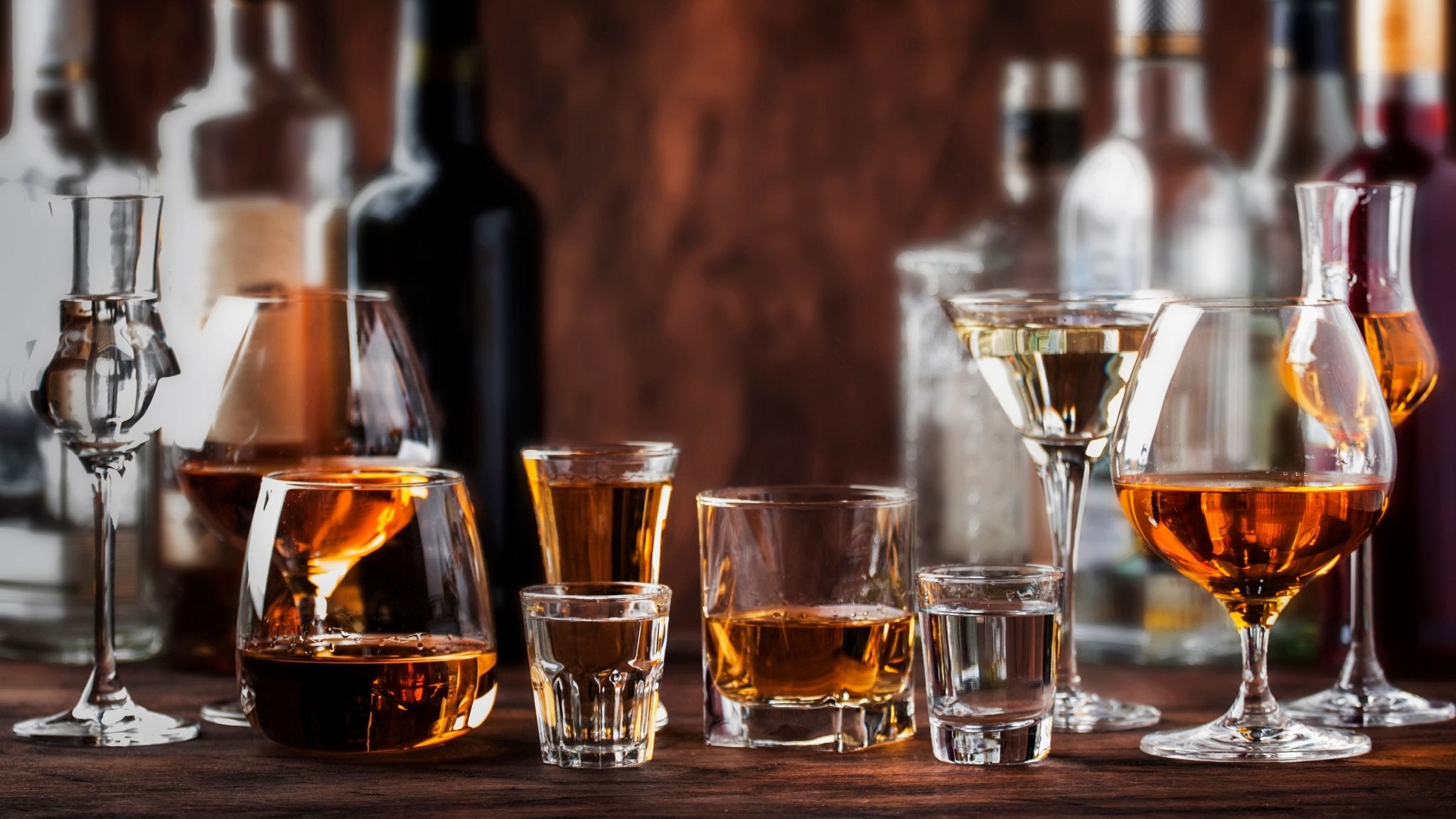It’s one of the most popular spirits in the world right now, but do you know the basics behind tequila?
Tequila sales in the U.S. have grown 158% since 2002, according to the Distilled Spirits Council of America. Last year, over 18.5 million 9-liter cases were sold. That popularity extends across all styles of the category, from value brands to premium and the newer super-premium labels. Since 2002, super premium brands have spiked 893% in U.S. sales, adding up to 3.6 million 9-liter cases sold last year.
Tequila is produced in Mexico and must have at 51% blue weber agave distillate, according to Mexican law. Many premium brands, such as Clase Azul, are made with 100% blue weber agave. (There are around 200 varieties of agave, but only blue weber is used in the making of tequila.)
There are a range of traditional ways of cooking and distilling agave in order to make tequila. Each brand will add their own spin. Brands will vary on how they break down the agave pinas; some might mash up the fruit under a massive Tahona wheel or slow cook the fruits in massive ovens over several days.
Tequila is produced in the region of Jalisco, Mexico, which has two distinct regions, a highlands and a lowlands, which result in variations in the agave produced. Highlands tequila, such as Clase Azul, is often noted for its fruity notes, while lowlands tequila is more earthy and rounder.
Once distilled, tequilas can be bottled right away and sold as blancos. These are fresh, bright tequilas that are the preferred choice for mixing into cocktails like margaritas and palomas. Consider the Adictivo Plata, with its silver sparkles and herbaceous notes, as a great example of this style.
Tequilas can also be aged, and brands will use a range of different barrels to achieve what they think is the best expression of their spirit. Reposado tequilas are aged in barrels for at least 2 months but no more than 12 months. Joven tequilas are a mix of blancos and reposados.
Añejo tequilas are aged between one year and up to three years. In recent years, the “extra añejo” style is gaining popularity; that refers to tequilas that are aged over three years. Cava de Oro, for example, ages its extra añejo for five years in American and French oak barrels. The resulting liquid is dark amber with a complex palate that features hits of vanilla, caramel and cinnamon.
Given the range of styles and expressions of tequilas currently on the market, there really is no wrong to go about finding your favorite new tequila.




